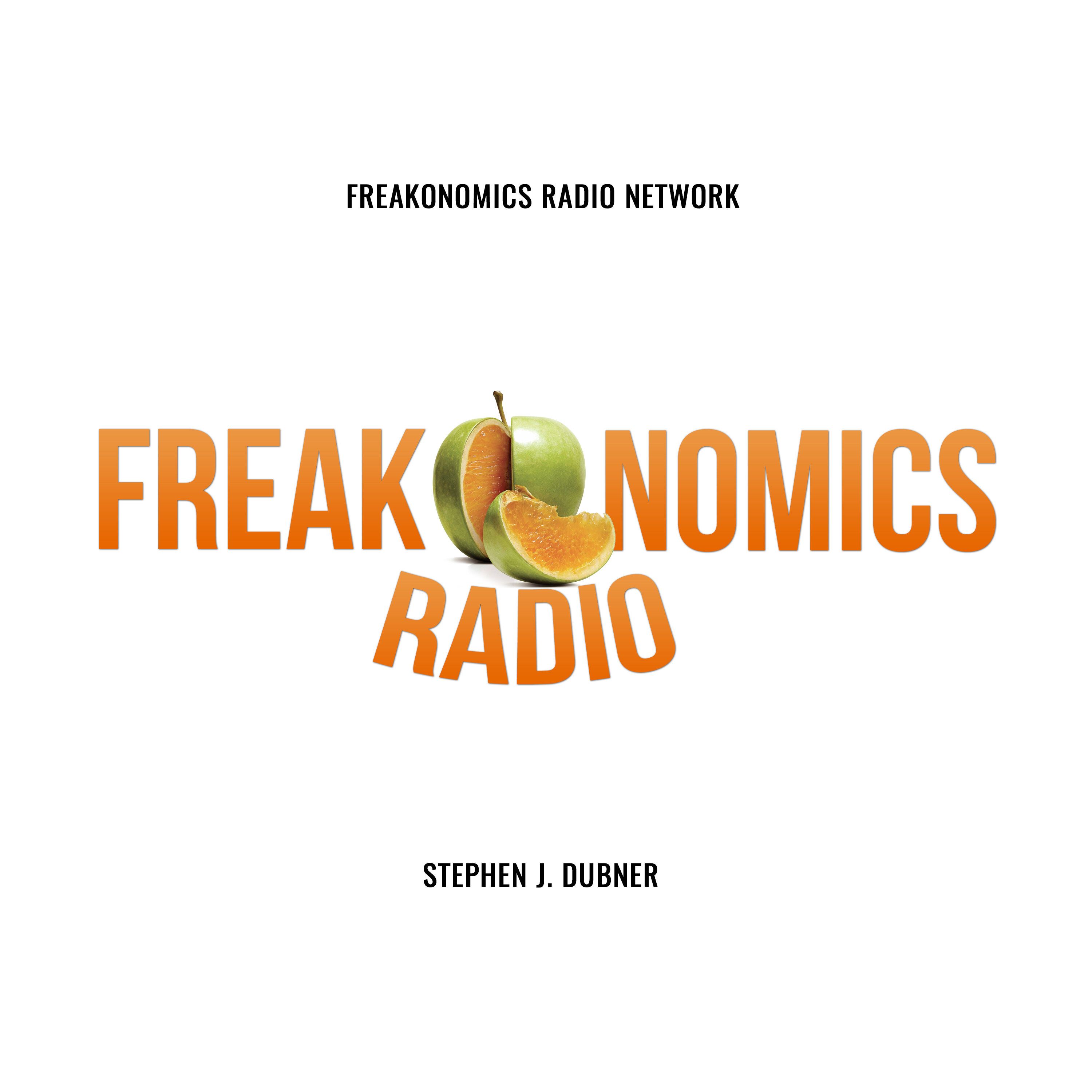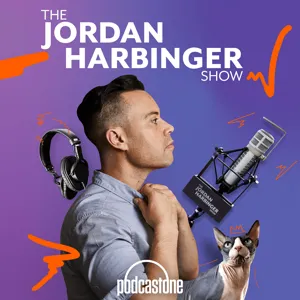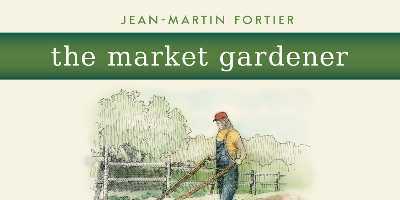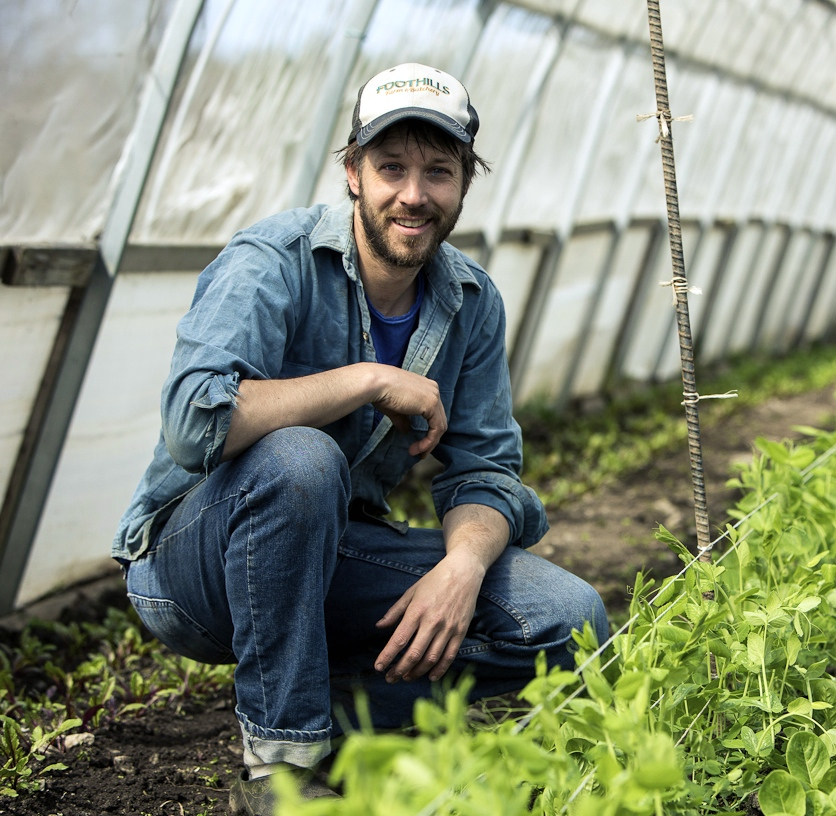Podcast Summary
From Glades to Suburbs: The History of Lawns: Lawns, originating from Old English 'glades', have been around since the 16th century, became widespread in America post-WWII, and now account for $60 billion in annual spending, despite requiring significant resources for maintenance and having a large environmental impact.
Our obsession with lawns, which we often view as the epitome of natural beauty, is rooted in history but comes with significant environmental costs. Lawns have been around since the 16th century, originating from open spaces or "glades" in Old English. Initially, lawns were primarily found on estates in England. However, the widespread adoption of lawns in America didn't occur until after World War II with suburbanization. Developments like Levittown, which produced thousands of homes on Long Island in New York, came with a requirement for homeowners to maintain a lawn. Today, Americans spend approximately $60 billion annually on the turfgrass industry, with lawns accounting for about two-thirds of that total square footage. Despite the natural appearance, maintaining a lawn requires numerous inputs, including water, fertilizer, weed killers, and fuel for machinery, leading to a significant environmental impact.
Americans use 20 trillion gallons of water on lawns yearly: Lawns absorb carbon but require significant resources and emit carbon through production and maintenance, potentially offsetting their carbon benefits
While lawns absorb carbon through photosynthesis, they also require significant resources like water, fertilizer, and energy for maintenance. A study by Dr. Angelica Malacy, a former NASA scientist, revealed that Americans use approximately 20 trillion gallons of water annually on lawns, which is nearly equal to the water used for irrigating all crops in the country. Malacy also found that lawns act as a carbon sink, but the carbon benefits are offset by the emissions from producing fertilizers, operating lawn mowers, and delivering water to households. However, the study did not account for additional carbon emissions from manufacturing lawn care equipment, delivering fertilizer, or the energy used to produce and transport the water itself. These overlooked factors could significantly impact the carbon footprint of lawns. It's also important to note that growing cool-season grasses in arid regions, like Kentucky bluegrass or creeping bentgrass, which were not originally meant to grow there, can lead to excessive water usage.
Water conservation and noise reduction in urban areas: Mayor Eric Garcetti's incentives saved 50 million sq ft water in LA, while leaf blowers' noise can cause health issues, WHO recommends daytime noise under 55 decibels, solutions include regulations and bans.
Water conservation and noise reduction are important issues, particularly in urban areas. In the case of Los Angeles, during a drought in 2016, Mayor Eric Garcetti implemented incentives to encourage residents to switch from water-intensive lawns to drought-tolerant plants, saving 50 million square feet of water. Meanwhile, in Boston, epidemiologist Erica Walker studied the health effects of leaf blowers, finding that their low-frequency sounds can travel long distances and penetrate walls, causing negative health effects even at a distance. The World Health Organization recommends that daytime noise levels not exceed 55 decibels, but leaf blowers often exceed this limit, contributing to sleep disturbance and other health issues. While the specific solutions may vary, the importance of addressing these environmental and health concerns is clear. In California, efforts include regulations on lawn care equipment emissions and noise levels, while in other places, leaf blower bans or restrictions have been implemented. Overall, it's crucial to consider the impact of our daily actions on both the environment and our health, and to explore ways to reduce waste and minimize negative externalities.
The Costs of Maintaining Grassy Medians: Despite the resource-intensive nature and high costs of maintaining grassy medians, the tradition of having them continues to prevail.
While lawns in America are extensive and associated with beauty and recreation, they come with significant costs in terms of resources, labor, and maintenance, particularly in highway medians. These costs have led some to propose alternatives, such as planting low-maintenance vegetation instead of grass. This idea, though not yet widely adopted, could lead to savings in both time and money. The history of roadside grass dates back to the early days of auto travel, but as the resource and water implications became clearer, there have been efforts to shift towards more water-efficient options. Despite the potential benefits of change, the prevailing attitude towards maintaining grassy medians remains strong.
Risks of Eliminating Mowing in Roadside Areas: While reducing mowing in roadside areas may help reduce invasive species, it could also lead to unwanted plant growth and harm local ecosystems
While reducing or eliminating mowing in roadside areas may seem like an easy and cost-effective solution to invasive species, it's not without risks. According to Sarah Wiggington, an ecologist who studied this issue, invasive species do not significantly proliferate in areas that are taken out of traditional mowing schemes compared to young forests and traditionally mowed areas. However, letting the land go wild also comes with the risk of invasive species taking over, creating a potential habitat for unwanted plants that can harm local ecosystems and communities. Ted Steinberg, on the other hand, suggests a different approach for personal lawns. He advises reducing the use of chemicals and scaling back on fertilizer applications to minimize over-treatment in lawn care. Overall, it's important to consider the potential consequences of these solutions before implementing them.
The misconception of a brown lawn: A brown lawn may be dormant and alive, saving water and maintenance costs, but it could also impact employment and lead to alternative lawn uses
The perception of a brown lawn being dead or unhealthy may not be accurate. Instead, it could be dormant and still alive, requiring less water and maintenance. This shift towards less water-intensive lawn care could lead to savings for consumers and potentially fewer jobs in the lawn care industry. However, it's important to consider the potential impact on employment and the larger issue of meaningful employment. Repurposing yards for alternative uses, such as gardens or community spaces, is another option to consider. Jim Kovaleski, a front yard farmer, shares his experience of transitioning away from traditional lawn care and the challenges of maintaining a lawn in Florida's climate. Ultimately, the conversation highlights the need for balance in considering the environmental, economic, and social implications of our choices in lawn care.
From front yard to thriving garden: Kovaleski's journey: Gardener Kovaleski turned small plots into profitable farms, selling diverse produce at local markets, increasing earnings from $24k to projected $35k, while continuously maximizing productivity and skills.
Kovaleski, a passionate and resourceful gardener, has transformed small pieces of land into productive farms in Florida and Maine, growing a diverse range of vegetables and fruits. He sells his produce, notably his greens mix, at local farmer's markets and has seen significant financial success, with earnings increasing from $24,000 in his first year of tracking to a projected $35,000 this year. Despite having minimal expenses, he continues to focus on maximizing the productivity of his land and improving his gardening skills. The legal issues in his community have been minimal, allowing him to freely pursue his gardening endeavors. Overall, Kovaleski's story demonstrates the potential value and profitability of turning a front yard into a thriving garden.
The unexpected rise of personal farming: The idea of personal farming could gain popularity and create jobs, despite the current economy's direction. This unexpected trend was discussed on Freakonomics Radio, emphasizing resilience and self-care.
The idea of personal farming, which might seem surprising given the current direction of the economy, could potentially gain popularity and even create jobs. This idea, which was discussed on a recent episode of Freakonomics Radio, has gained attention despite a lack of promotion over the past decade. The rise of lawns was once unexpected, and the return to personal farming could be just as surprising. The episode also touched on the importance of resilience and taking care of oneself and others. Freakonomics Radio is a podcast produced by Stitcher and Renbud Radio, and it's part of the Freakonomics Radio Network. The episode was produced by Christopher Wirth and features a team of dedicated staff members. If you're interested in the full episode or any other Freakonomics Radio content, you can find it on any podcast app or at Freakonomics.com. The podcast covers a range of topics and is known for its thought-provoking discussions.







 Drew and JM discuss JM's best selling book
Drew and JM discuss JM's best selling book